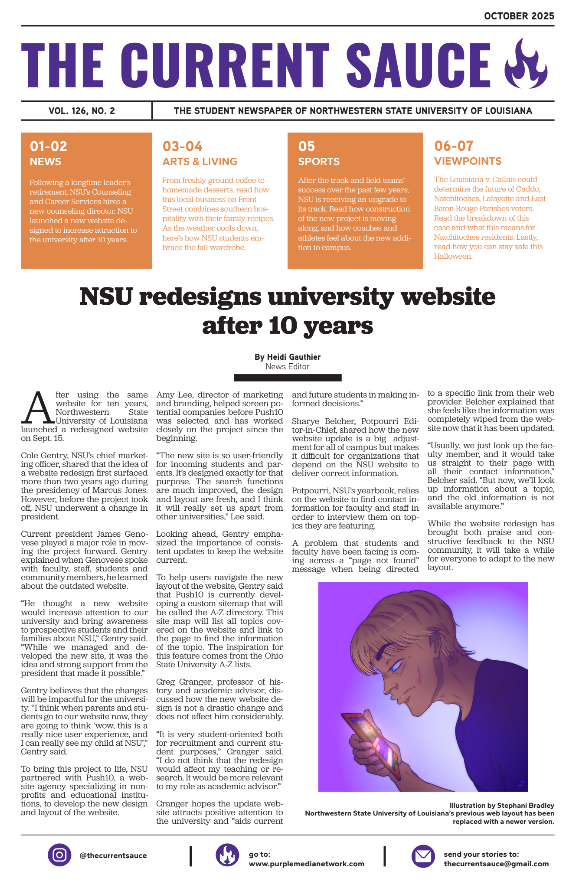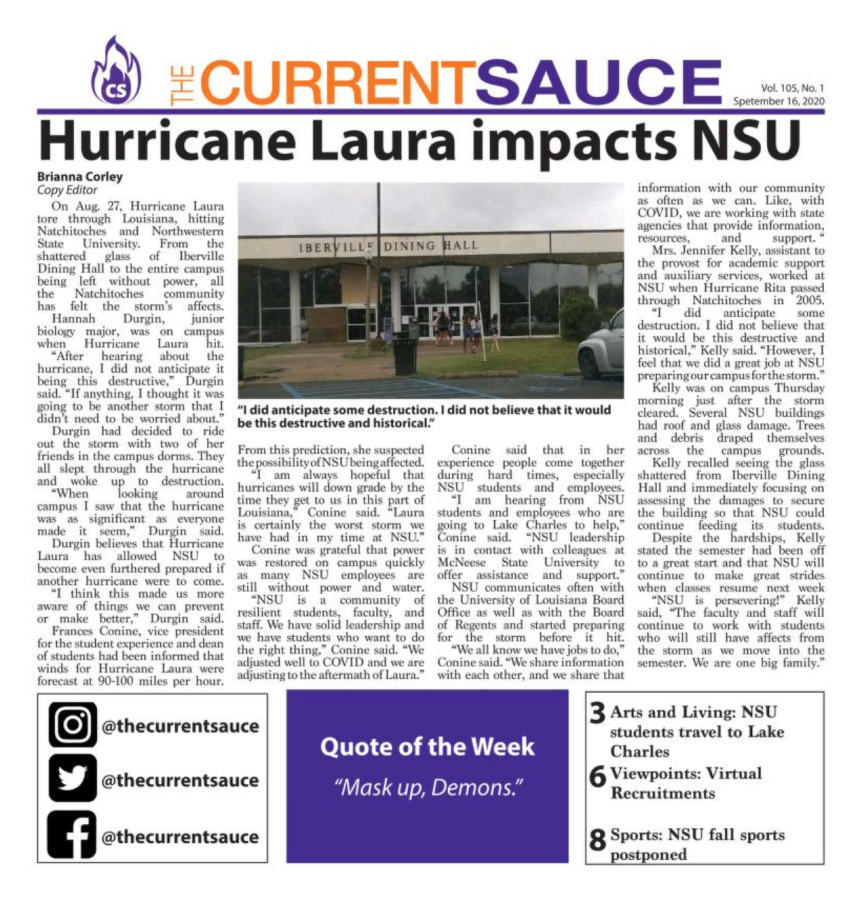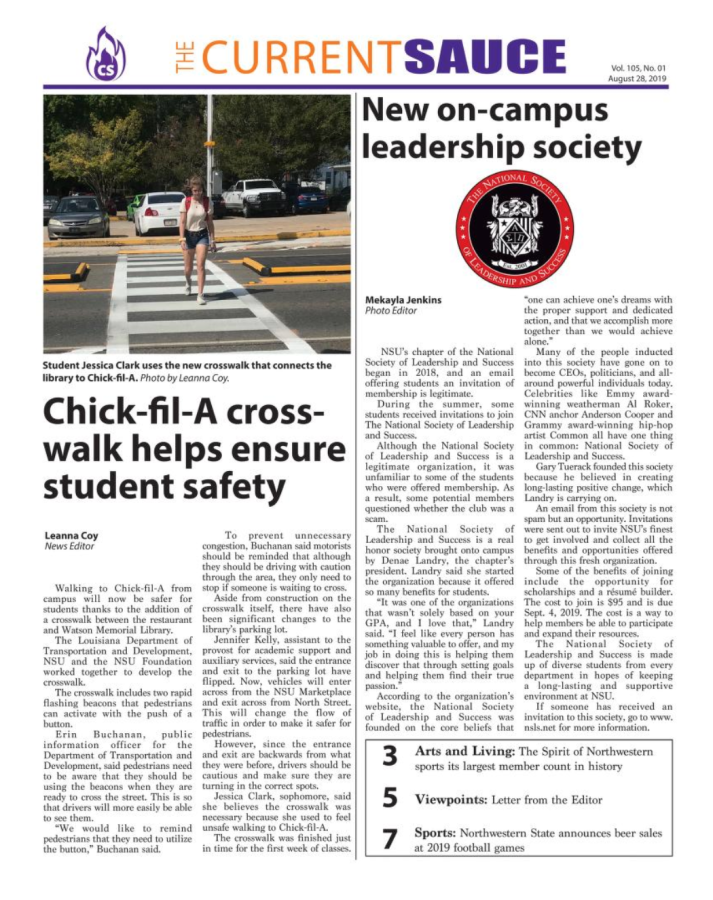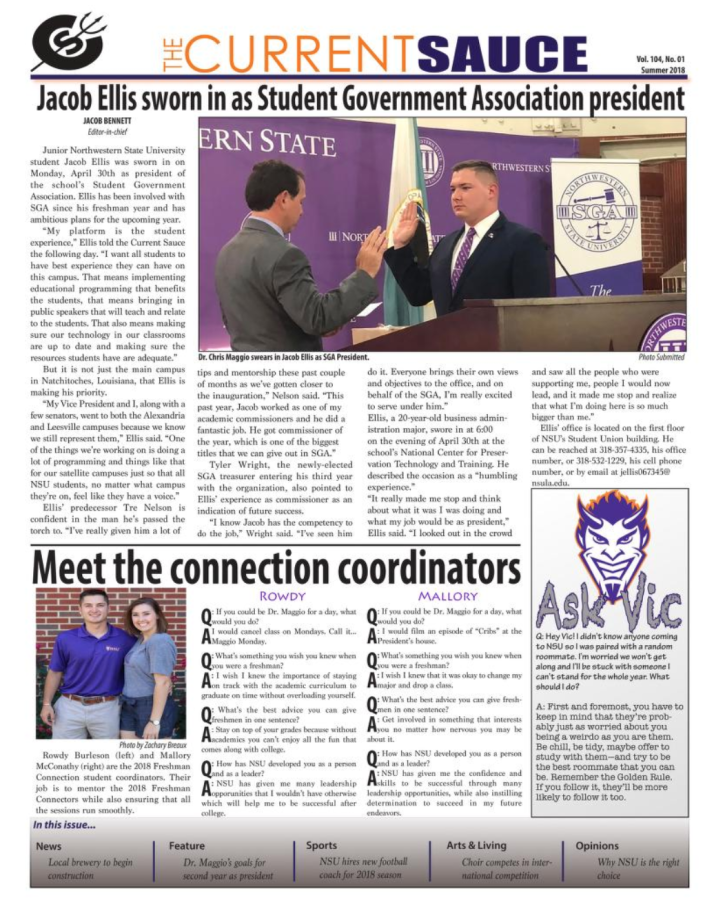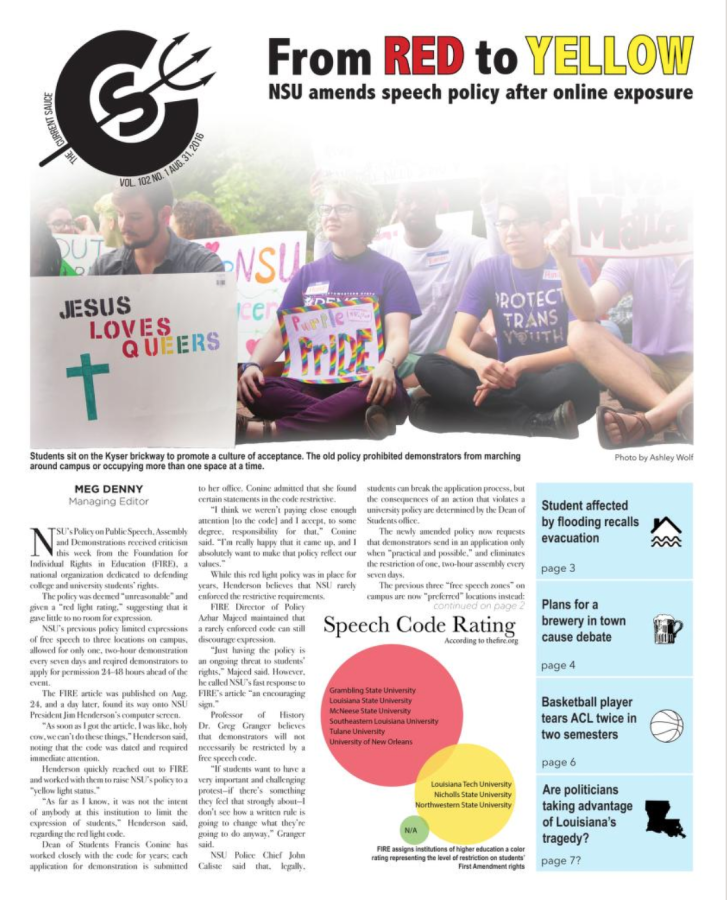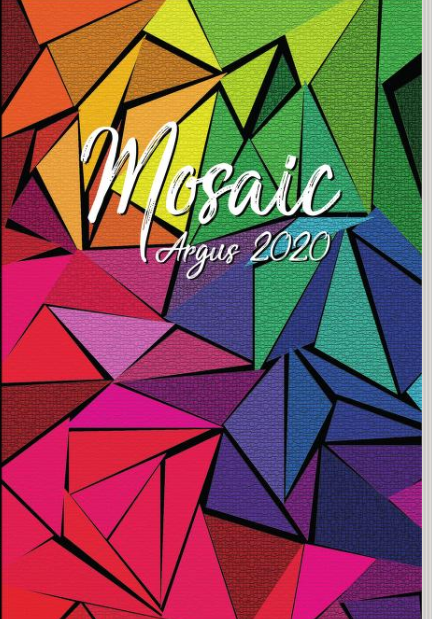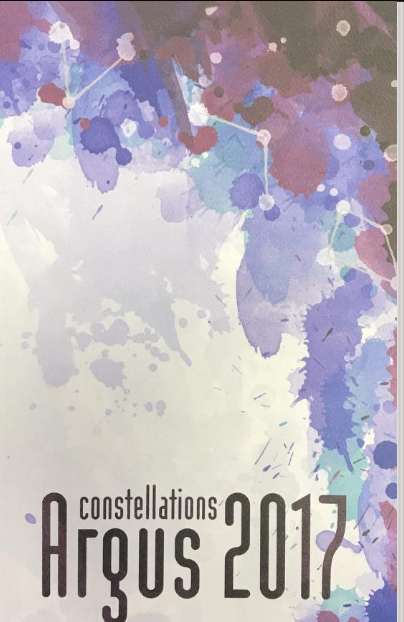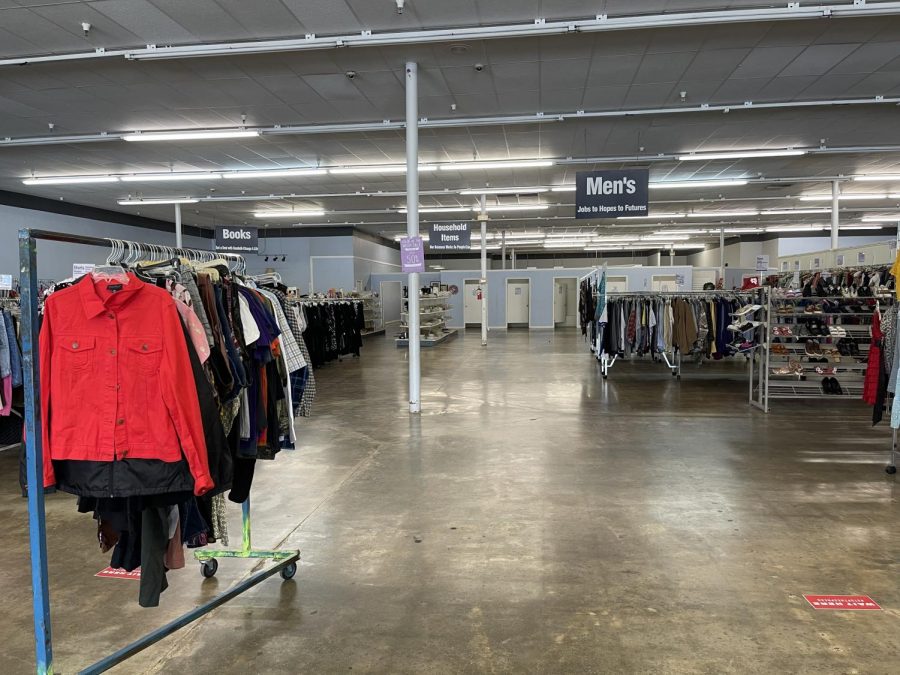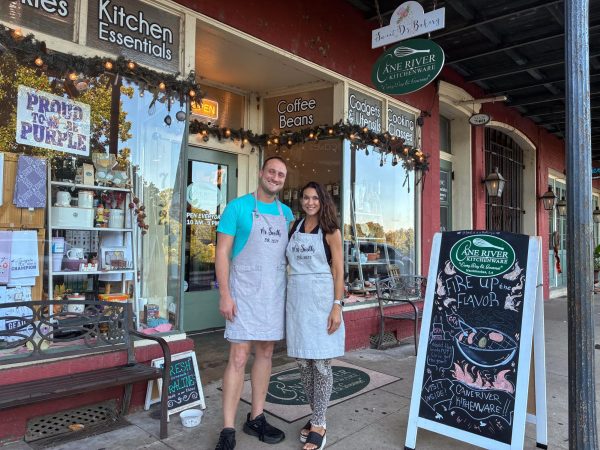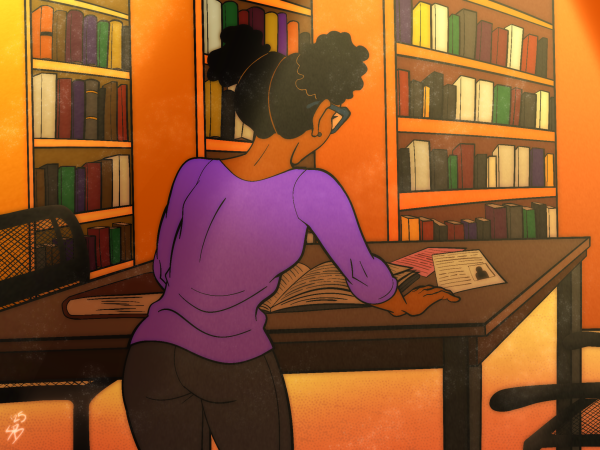The gentrification of thrifting
The resellers or so-called “business owners” take to their local Goodwill or thrift and stockpile on every article of clothing that they see would best fit their brand or store style.
Staying stylish can be expensive when trying to always stay up to date with new trends, or when you’re wanting to look for new pieces of clothing to spice up your wardrobe.
If you are like me, you are always out on the hunt for the nearest sales or even scoping out your local Goodwill Industries International Inc. for cute hand-me-downs. Even though we adore those easy deals or vintage sweaters from a local grandpa, we need to understand what Goodwill and thrift stores are actually for.
For almost 120 years Goodwill has continuously provided a way for low-income people to obtain jobs and clothes. As the company has grown, it has kept up its good reputation. But the mainstream media has changed the way Goodwill has been viewed and used by society.
Depop, a growing app founded by Simon Beckerman, allows people of all ages to sell items such as clothes to make money. As the app has expanded it has acquired a wide audience of people using it to run a business. Though there is nothing wrong with using it to start a business there is a problem with how these “business owners” go about acquiring their products.
The resellers or so-called “business owners” take to their local Goodwill or thrift and stockpile on every article of clothing that they see would best fit their brand or store style. As they make their way to the check-out they have accumulated piles of clothes with multiple carts. From the store, they take the masses of clothing back to their homes to put these items on their page with inflated prices and descriptions that don’t represent their true value.
Shoppers of the app have found that baby or children’s clothing have been repriced to 30$ or higher. Sellers also go out of their way to brand these clothes with fancy descriptions that have fancy names that capture the buyers’ attention, even if it does not go with the clothing at all.
Often the description of the clothing will have words such as “vintage y2k baby tee,” when in reality it’s just a child’s baby T-shirt.
With increasing rates of American citizens falling below the poverty line and the need for clothing and other items in high demand, Goodwill and other thrift stores are the only way to help people. If we as a society still continue with reselling we continue taking things away from the people who need it most.
Next time you think about buying from reselling apps like Depop, think if that 50$ is actually worth it.

Kevin Thomas is a senior communication major. This is his third year on The Current Sauce staff and first and final semester working as Copy Editor. He...

